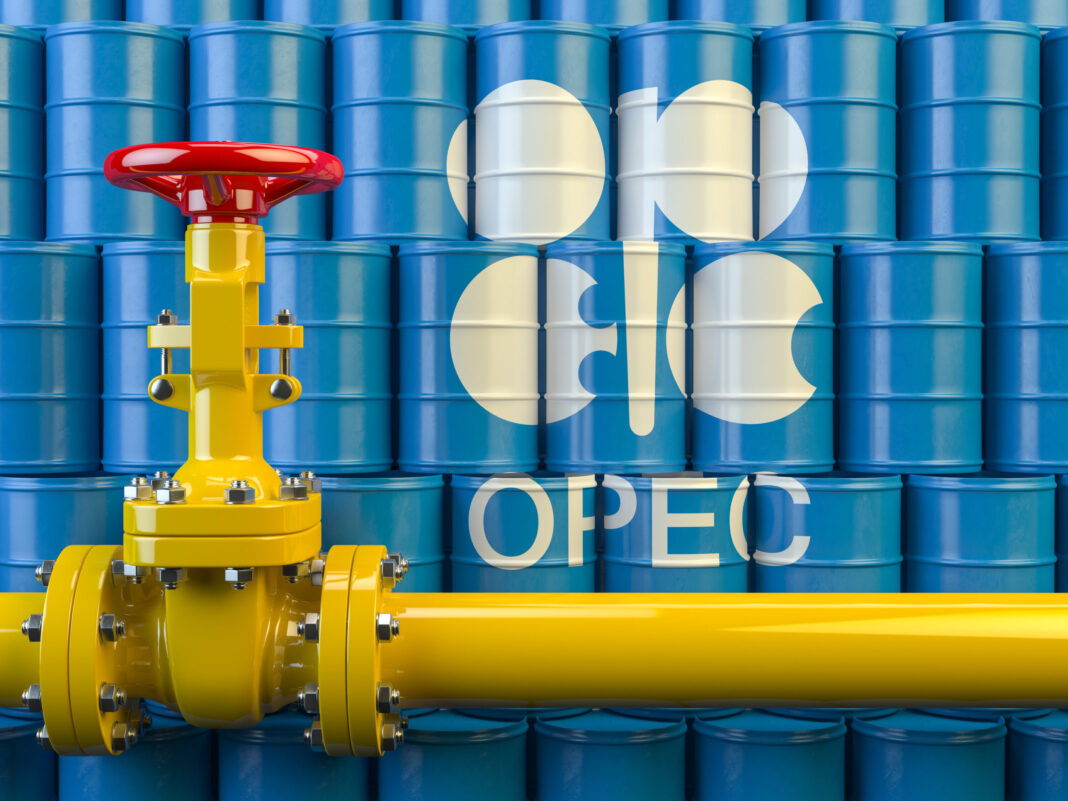Iraq to increase oil output in a significant move starting September 2025. The country’s production will reach 4.22 million barrels per day (bpd), according to a new announcement by OPEC.
The Organization of the Petroleum Exporting Countries (OPEC) and its partners—known collectively as OPEC+—reached this decision following their recent market review. The group includes Saudi Arabia, Russia, the UAE, Kuwait, Kazakhstan, Algeria, Oman, and Iraq.
As a result, these eight nations will implement a joint production increase of 547,000 bpd compared to August 2025. The decision is based on strong global demand and optimistic market forecasts. It also aligns with a prior deal made in December 2024. That deal called for a gradual easing of voluntary production cuts starting April 2025.
This production strategy supports market balance while allowing for flexible adjustments as conditions change. Experts believe it could strengthen oil revenues across the region.
Deputy Oil Minister Basim Khudair reaffirmed Iraq’s long-term goals earlier this year. He noted that the country is committed to raising output beyond six million bpd by 2028 or 2029. That plan is part of a broader five-year vision to grow both oil and gas capacities.
Looking back, Iraq produced around 4.4 million bpd in 2023, according to Statista. That marked a slight decline from earlier years. In fact, between 2005 and 2019, Iraq’s output steadily increased, peaking at 4.78 million bpd. However, since that high point, production levels have gradually decreased.
With these new changes, Iraq to increase oil output becomes more than just a policy—it becomes a driving force for economic renewal. This production boost also showcases Iraq’s determination to play a stronger role in global oil markets.
Analysts expect the country to benefit from rising energy demand. Meanwhile, the plan may also attract foreign investments and strengthen Iraq’s financial outlook.
Clearly, Iraq to increase oil output marks a key turning point in the nation’s energy journey.



